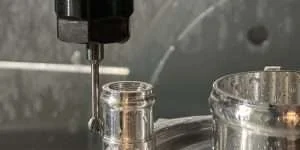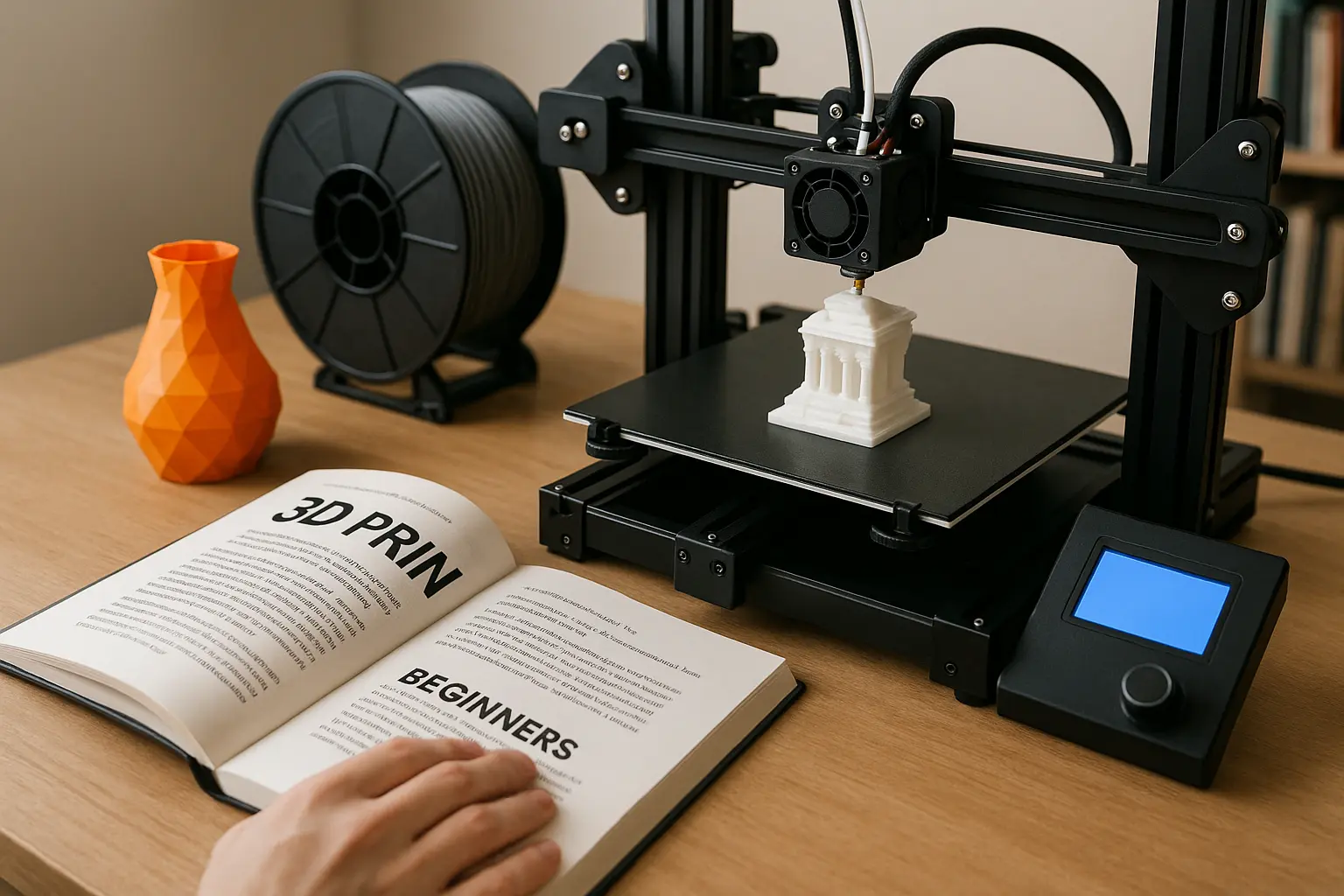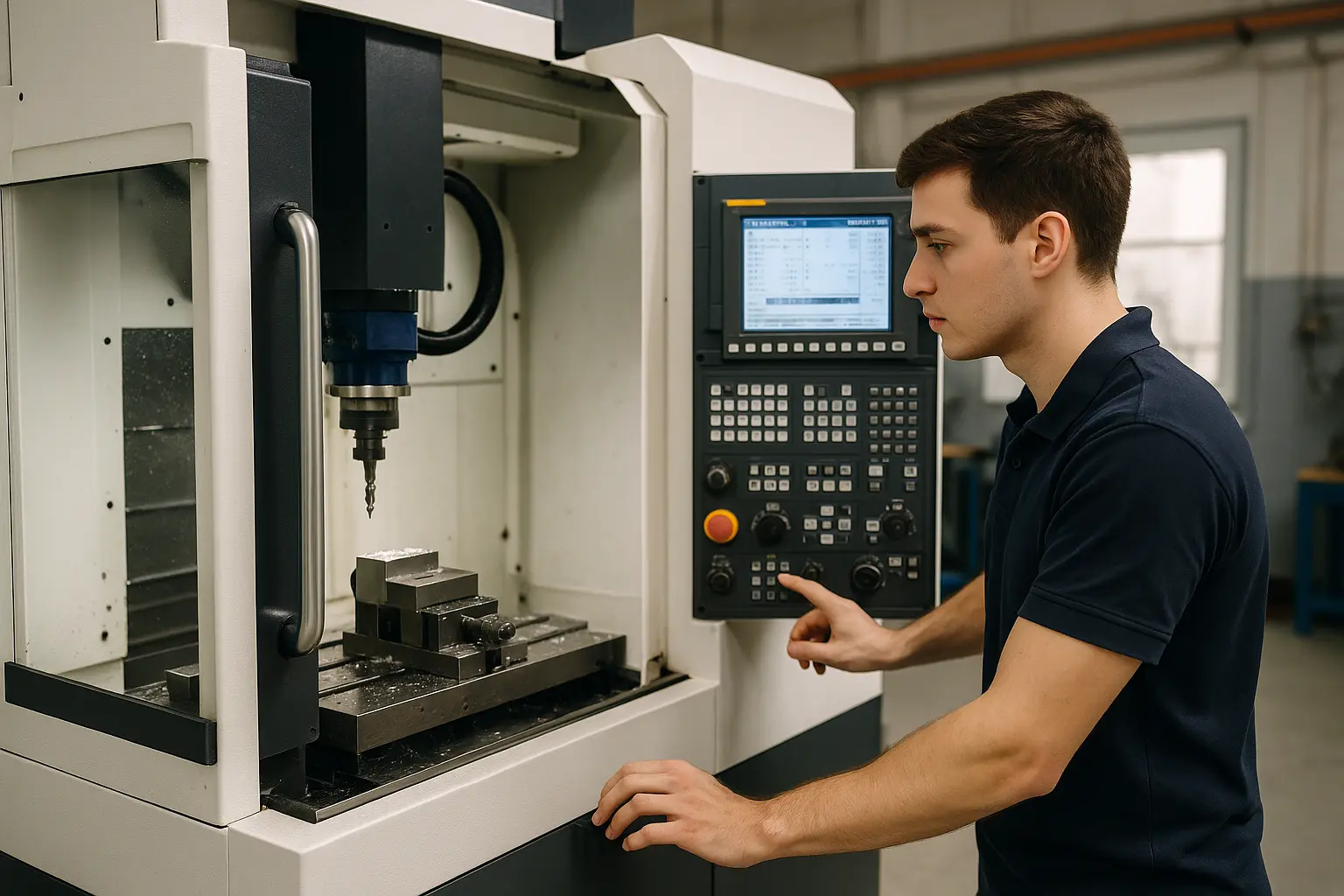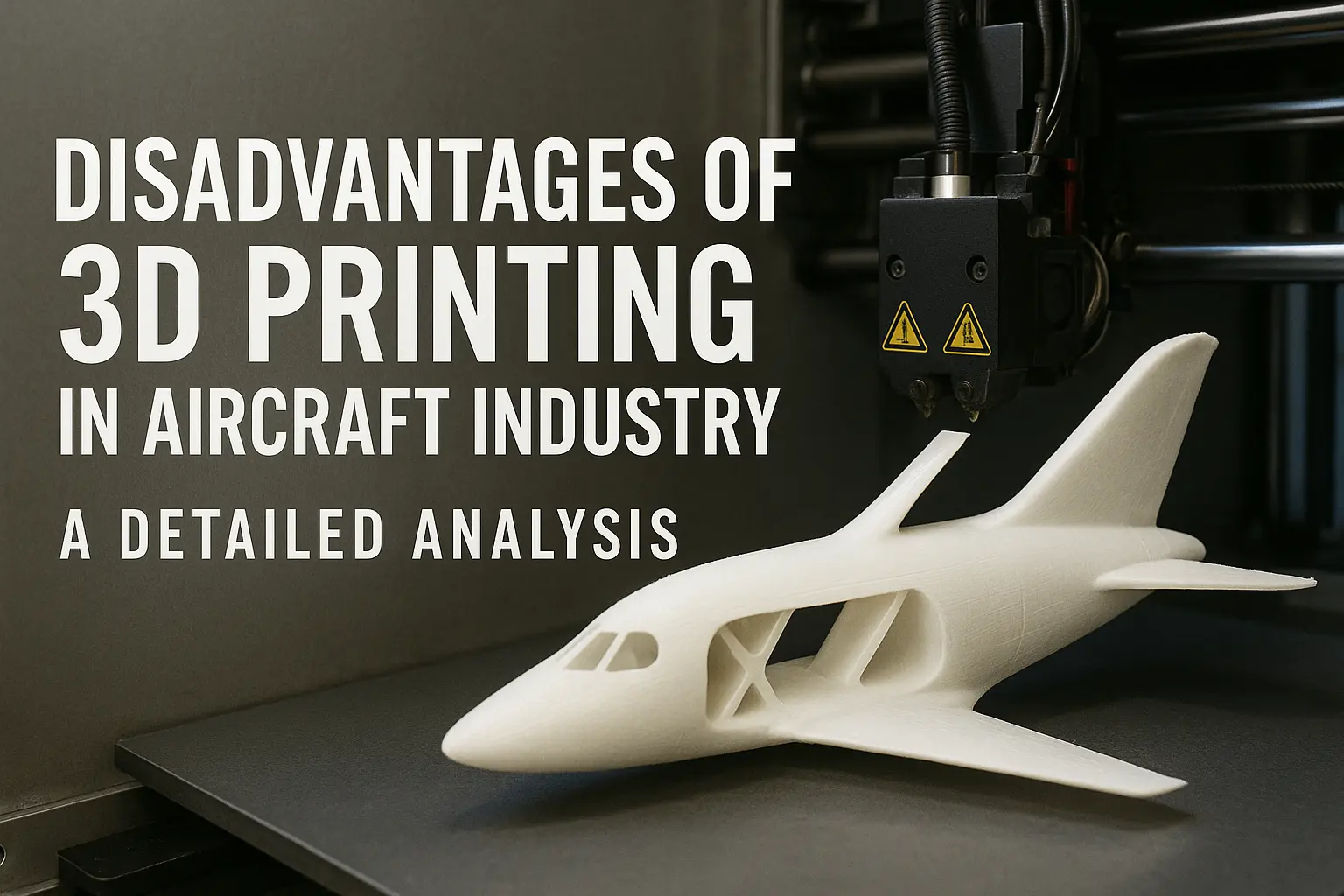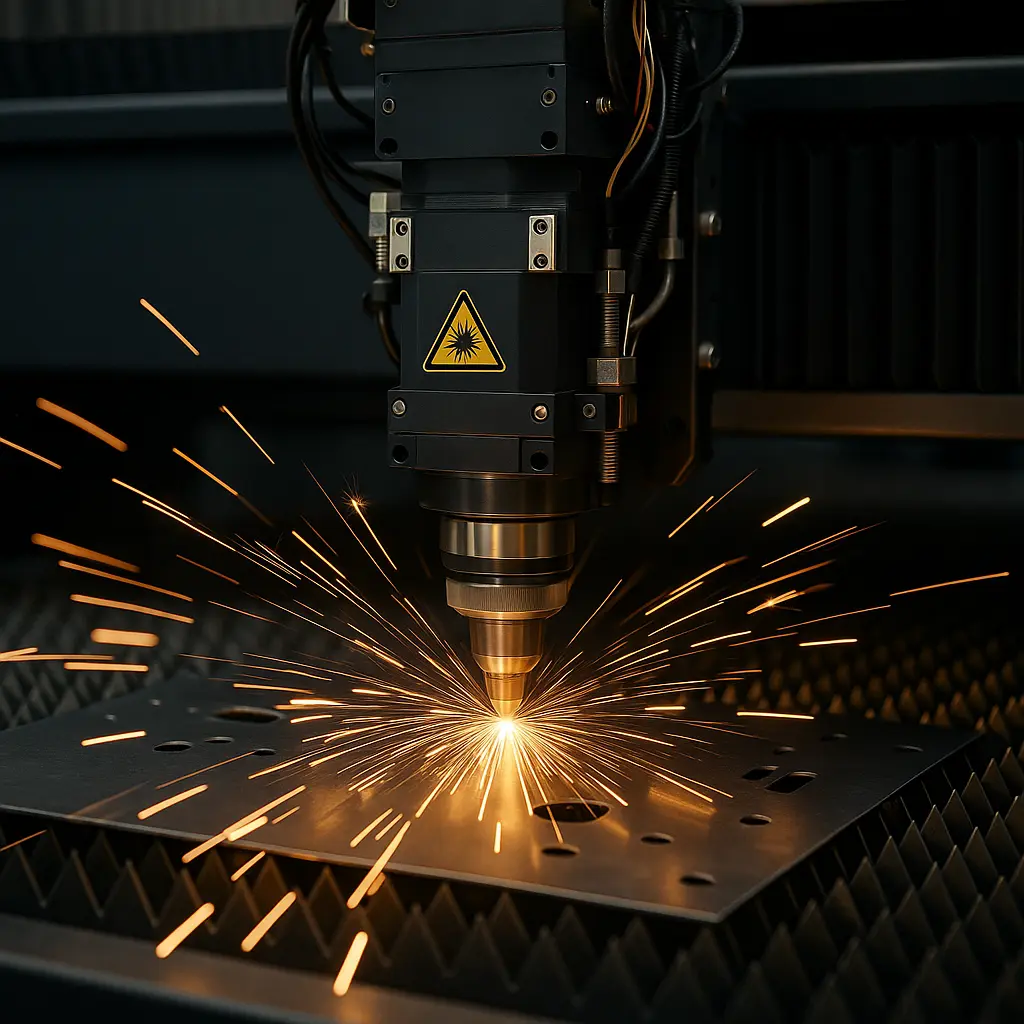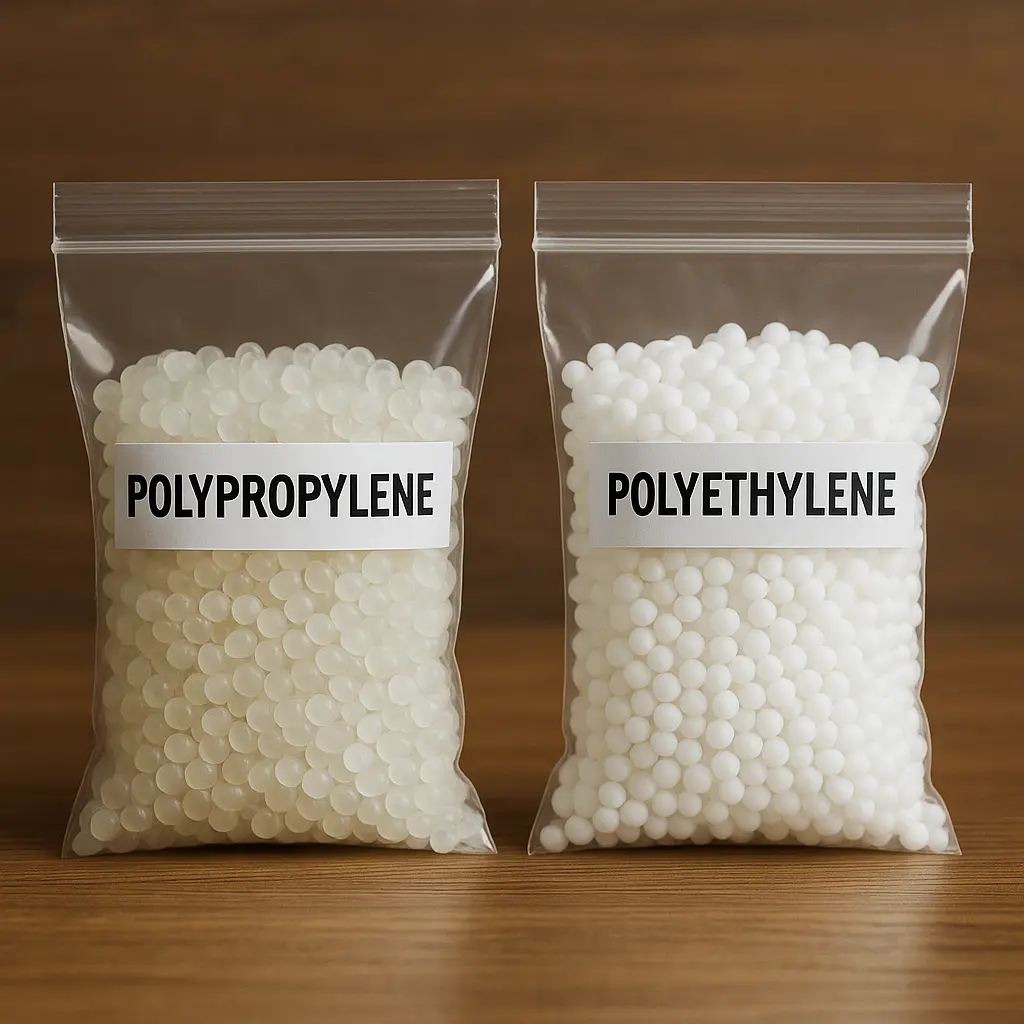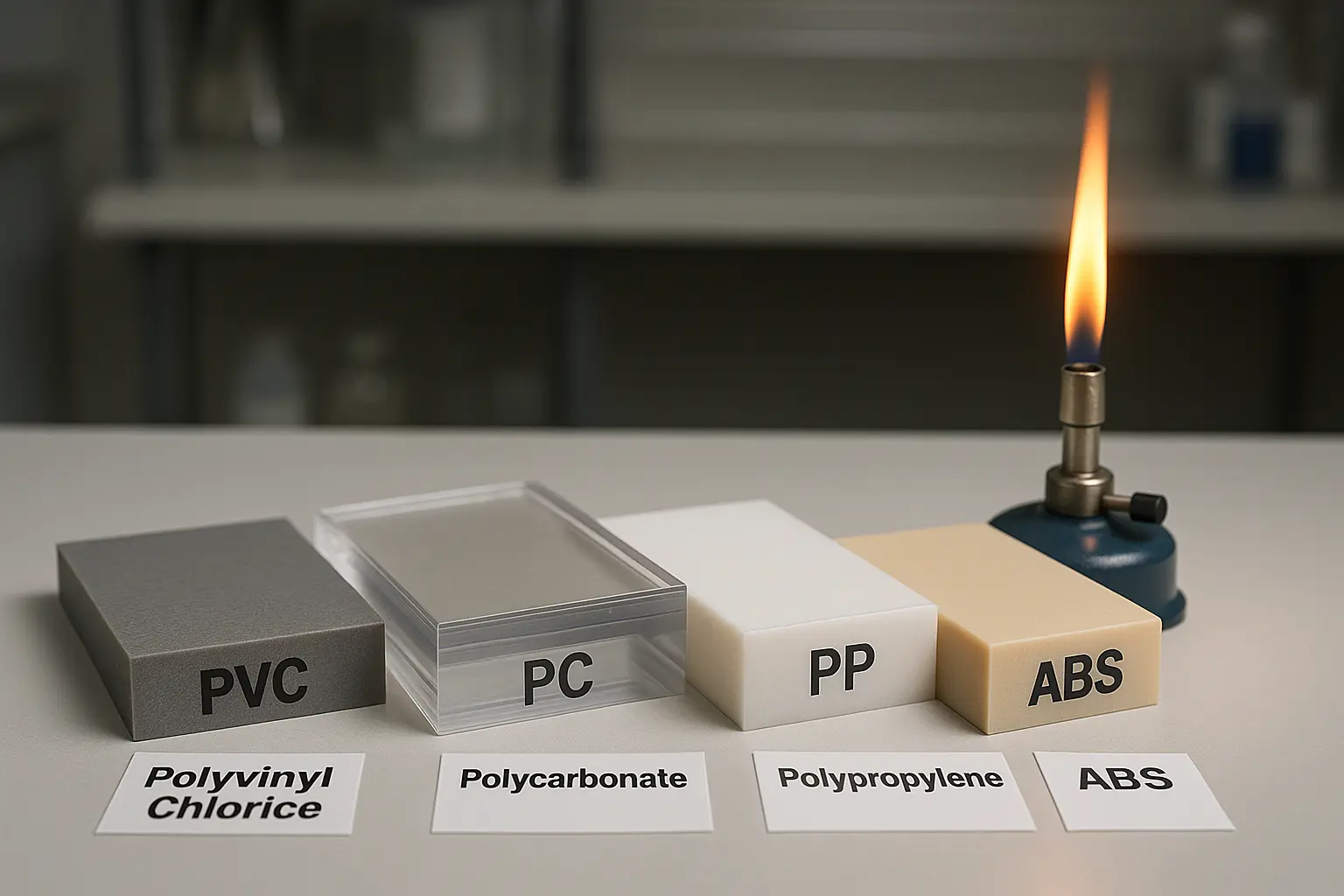CNC undercut machining allows the manufacturing of complex and intricate components. It is one of the go-to techniques for high-precision manufacturing processes because it maintains the dimensional accuracy of even complicated structures.
However, not all CNC cutting tools are suitable for creating undercut in CNC machining. This article is a comprehensive guide to machining undercuts. We discuss the benefits, applications, special tools, and kinds of cuts they create and provide tips for a successful project with undercuts.
What Exactly is a CNC Undercut ?
An undercut machining refers to creating distinct sunken and recessed features in machined parts. In CNC machining, undercuts refer to features difficult to achieve with traditional machining tools. This is often because of the inability of the cutting tools to reach the intended area of the cut on the workpiece. These features are usually facing downwards, overheads, or inwards of the workpiece, such that there may be obstructions, limiting the access of the cutters.
Therefore, to undercut machining, machinists often require smaller machining tools or more advanced CNC machine types, such as multi-axis CNC machines. Also, machinists may adopt more specialized CNC cutters – e.g. lollipops and slot cutters. These tools and machines can maneuver the challenges faced by typical machining tools, and deliver the required undercuts. These features are characterized by a part of the workpiece extending over another.

When to Need Undercut Machining?
Even though they can be avoided, undercut machining is crucial to some specific manufacturing purposes, especially when creating parts with atypical holes, features, and grooves.
Complex Geometries
Undercut in machining allows the fabrication of parts with intricate geometries and details that are challenging to produce with regular machining processes. These may include parts with recesses, undercuts, pockets, etc.
Weight Reduction
Undercut machining allows experienced machinists to reduce unnecessary materials when fabricating parts without affecting the structural integrity of their fabrication. It enables the creation of sophisticated features with less material usage, ensuring reduced weight of the resulting fabrication. This benefits the automotive and aerospace CNC machining, where weight reduction proves vital for improving the performance of vehicles and aircraft.
Enhance Parts Assembly
Undercut in machining allows the creation of interlocking components, which help improve parts assembly. These interlocking features help ensure the proper fitting of different elements to make larger structures and assembled parts.
Manufacturing Molds and Dies
Molds and Dies for die casting and injection molding, for example, often contain intricate features like undercuts. This undercut machining technique creates threads and draft angles integral to the molds and dies.
Control of Gas and Fluid Flow
Undercut machined part allows the creation of channels and pathways integral for hydraulic and fluidic circuits. It allows for precisely regulating these gasses and fluids in pneumatic systems.
What are Typical Tools in Undercut Machine?
As mentioned above, undercut machining requires special machining tools different from the typical ones. Tools used for this machining operation have unique shapes that make them suitable for creating these features.

Lollipop Cutters
Lollipop cutters look like undercut end mills but have specialized rounded bottoms. Consequently, they are sometimes called spherical ball end mills. They feature a ball-shaped head with a spherical cutting edge that promotes smooth and precise cutting. Because of their shape, they are typically used for machining curved or contoured undercut machining shapes and 3D profiles.
Like all CNC cutting vs laser cutting tools, the lollipop cutters are high-precision tools. Therefore, they yield parts with little to no tool markings, blemishes, and an overall high surface finish. This feature also makes them suitable for deburring. However, they are a little expensive because of their high sophistication and suitability for multi-directional cutting.

Slot Cutters
Unlike lollipop cutters, slot cutters have flagger tips, which allow them to create slots, grooves, and keyways in workpieces. The ends are straighter and narrower, with helical flutes of varying depths and widths suitable for creating channels, deep slots, and pockets.
Slot cutters are highly versatile, making them one of the most used end mills, especially for creating undercut machining. In fact, they exist in different forms, with the T-slot cutters and keyway cutters being common ones. Also, they are highly precise and create parts with high dimensional accuracy.
Undercutting End Mills
The undercutting end mills are equipped with unique features that make them suitable for accessing and creating cuts, including undercut machining and deep pockets, which are difficult for other tools. They are highly versatile, with angled necks and cutting edges on the sides and the bottom. Therefore, they can make cuts using both their sides and the bottoms.
In addition, they come in different design configurations – tapered, straight, or spherical – each tailored for specific manufacturing needs, further reinforcing the tool’s high versatility.
Special Cuts in Undercut Parts Machining
We have established that undercut features differ from general machining. Below is a brief description of some of the specialized undercut machined parts.
Dovetail
As the name suggests, dovetail undercuts resemble a dovetail or trapezoid shape, usually with a wide bottom and a narrower top. The cutting tools for dovetail undercuts have standard angles of 45 and 60 degrees. However, there are other less common specialized tools with angles in multiple of 10 degrees up to 120 degrees for more complex specifications.
This undercut machining style creates secure mating and interlocking connections, such as in mechanical joints, for improved stability. Therefore, the dovetail cutters must be highly precise for improved performance and secure connections between the mating parts.

T-Cuts
Again, an indication of the name, T-cuts refer to specialized undercut machining parts shaped in the letter “T.” The T-slot is a special cut with a flat bottom with elongated sides to form the T shape. The width of these tools varies, ranging from as low as 3 mm to as high as 40 mm. The tools for making this cut consist of flat horizontal blades and a vertical shaft, allowing the creation of said shape in a single pass. Also, like all CNC cutting tools, they ensure high dimensional accuracy, which is pivotal for creating a perfect fit for the interlocking parts.
Tapered Undercuts
A tapered undercut machining is one with a sloping surface that gradually tapers – and reduces in width or depth. It offers a gradual transition between parts, making it suitable for manufacturing parts requiring assembly with a press fit. One part is pressed against the other, and the taper helps to guide each piece into position.
O-Ring Undercuts
An O-ring undercut is a groove-like feature cut to accommodate O-rings, a flexible ring designed from an elastic material like rubber. The O-ring undercut is used to create an effective seal between two parts. The groove acts as the recessed feature for the O-ring to sit in, making the seal.
One-Sided Undercutting
As the name indicates, the one-sided undercut machining is an asymmetrical undercut with the recessed feature only on one side. Though it cuts sideways, one side maintains a flat surface while the recessed side possesses deeper cuts.
Threaded Undercuts
Threaded undercuts have internal threaded surfaces similar to those of a bolt or screw. It is the go-to undercut feature for parts that require screwing to another object. The threading of these components allows for a tight grip to secure the bolts or screws. The undercut tool for machining this feature is a specialized threaded mill.
Keyway Undercuts
Keyway undercuts require using designated tools for machining slots with special profiles like keys. This undercut definition often has parallel sizes with a flat bottom, with a groove cut into a shaft that accommodates the key. It requires a specialized keyway cutter, which usually has a straight cutting edge capable of precisely machining the keyway in a single pass. Keyway CNC undercut machining benefit mechanical assemblies for torque transmission from a shaft to a gear or pulley system.
Spherical Undercuts
As the name suggests, spherical undercuts are characterized by a curved surface like a sphere. Machining the spherical undercut requires a specialized ball-nose undercut end mill. It is the go-to undercut feature for parts requiring rotary motion like a bearing or spherical interfaces. The spherical surface it creates allows for reduced friction and smooth rotation between the components.

Summary of Specialized Cuts for Undercuts
The table below is a quick summary discussing special kinds of cuts used in CNC machining undercut.
| Types of Undercuts | Description and Shape | Applications |
| Dovetail | Trapezoid shape | Mechanical joints and improved stability |
| T-Cut | T-shape | Interlocking parts |
| Tapered Undercuts | Gradually tapers towards the base | Press fits and for assembling components |
| O-Ring Undercuts | Groove for O-rings | Effective sealing |
| One-sided Undercuts | Asymmetrical undercut | Specialized machining purposes |
| Threaded Undercuts | Possesses internal threadings | Secure and keep bolt and screw connections in place. |
| Keyway Undercuts | Groove-like for keys | Suit torque and power transmission in assemblies |
| Spherical Undercuts | Curves spherical surface | Curved for applications in rotary motions |
Expert Advice for CNC Machining Parts with Undercut Features
Creating undercuts is pretty challenging, requiring special skills and expertise. However, adhering to these tips increases your chances of creating high-quality undercuts.
Find Professional Help
We already emphasized that traditional undercut machining tools cannot create undercut in machining. Therefore, you need to consider partnering with an expert or companies with more specialized CNC prototype machining tools to ensure accurate fabrication of these features. Also, it helps you reduce the chances of errors and possible complications.

Reduce Undercut Features to Bearest Minimum
When creating your design, you should run a DFM analysis to find possible ways of reducing undercuts. However, if necessary, to enhance the performance and stability of your fabrication, you should limit it to the nearest minimum. Doing this helps you to reduce CNC machining costs and time. Also, since undercuts are often complicated, it effectively simplifies your design.
Go for Shallow Undercuts
The deeper the undercut machining definition, the greater the complexity. Moreover, even though fabricating this feature requires specialized cutting tools, there’s a limit to the depth the vertical shaft of these cutters can reach into your workpieces.
Therefore, it is best to keep undercuts as shallow as possible to allow the cutters better access and increase the precision and accuracy of the process.
Avoid the Need for Custom Tools
Creating parts that require custom tools is expensive and time-consuming, as you often have to fabricate the tool before focusing on your project. Therefore, when making your design with undercut features, ensure each undercut machining has standard dimensions. This rids the need for custom tools for your fabrications.
For example, when fabricating a component that requires a dovetail cut, go with the standard 45 or 60-degree cut. Going against the norm in such a scenario will require you first to create a suitable cutting tool before you can focus on your intended fabrication.
Select the Right CNC Machine
This is actually the first step in any manufacturing process. Selecting the appropriate machining tool is integral for your fabrication and ensuring your product accomplishes its desired application.
Therefore, you need a more advanced CNC machine, such as the 5-axis CNC machine, which has more capabilities and is suitable for making delicate cuts such as an undercut. This device allows you to use compatible cutting tools for undercut machining, such as slot cutters for making T-slot cuts. Moreover, it ensures increased precision and dimensional accuracy and reduces the need for post-processing.

Applications of Undercuts in CNC Machining
Even though experts often recommend avoiding undercut machining because of the complexity that comes with it, this machining feature cannot be integral to the manufacturing industry. CNC machining undercuts benefit various sectors, including the automotive, aerospace, medical, and marine industries.
However, below is a more specific description of its applications.
- Mating and interlocking features for snap-fit connections and parts assembly;
- Side holes for cable management and connector placement in consumer electronics;
- Undercut channels for lightweight but strong structures for the aerospace industry;
- Vertical threads for many hoses and leak-proof connections in plumbing, pneumatic, and hydraulic components;
- Undercut gears for reduced wear and tear and improved performance in the automotive industry;
- Barb fittings for medical devices;
- Custom inserts for unique design elements and artistic sculptures.
Conclusion
Undercut machining is highly versatile and allows intricate structures with delicate features to be fabricated. It enables the creation of large systems from smaller components tightly fitted into each other. Because of its high machining costs, machinists and OEMs often advise against manufacturing parts with undercuts.
Xcmachining: Your Expert for CNC Machined Parts with Undercuts
Machining undercut features is challenging, consequently, we recommend you partner with an expert.
We at Xcmachining are experts in high-precision CNC machining, including those that require undercut milling and complex geometries. Our facilities have a highly skilled team with years of experience to ensure your machined parts meet all your desired requirements.
Besides CNC machining services, we offer expert services in die casting, 3D printing, injection molding, and other related technologies. Just contact us today to get a free quote!
FAQs
What are the possible defects of undercut features in machining?
Possible defects of undercut machining include weakened joints prone to breakage, cracking, or erosion. Inadequate tool access because of deep undercuts, tool breakage, and poor surface finishing are other likely defects.
What are the different types of undercuts?
The different types of undercuts include T-cuts, dovetail undercuts, O-ring undercuts, threaded undercuts, spherical undercuts, etc. Each specialized undercut has unique features, benefits, and applications for specific manufacturing needs.
What kind of materials are machined with undercuts?
Materials for undercut machining include typical manufacturing materials like aluminum, steel, and stainless steel. Also, plastic polymers and composites can create suitable undercuts.

